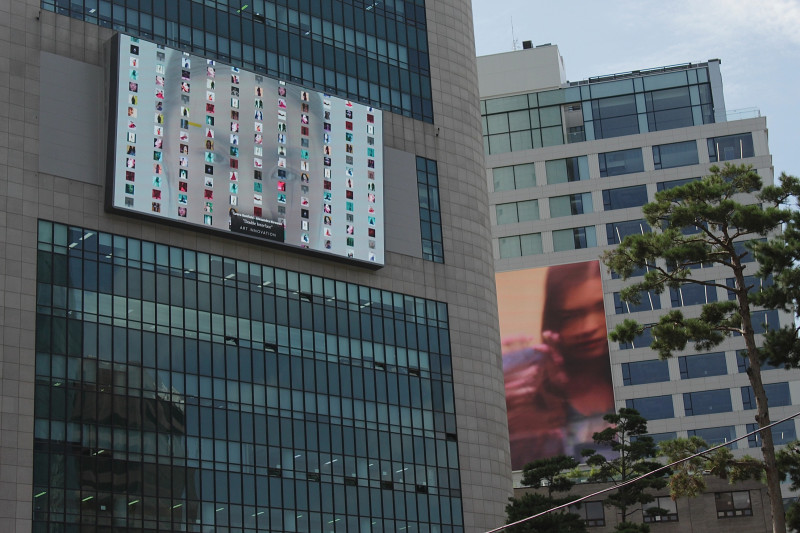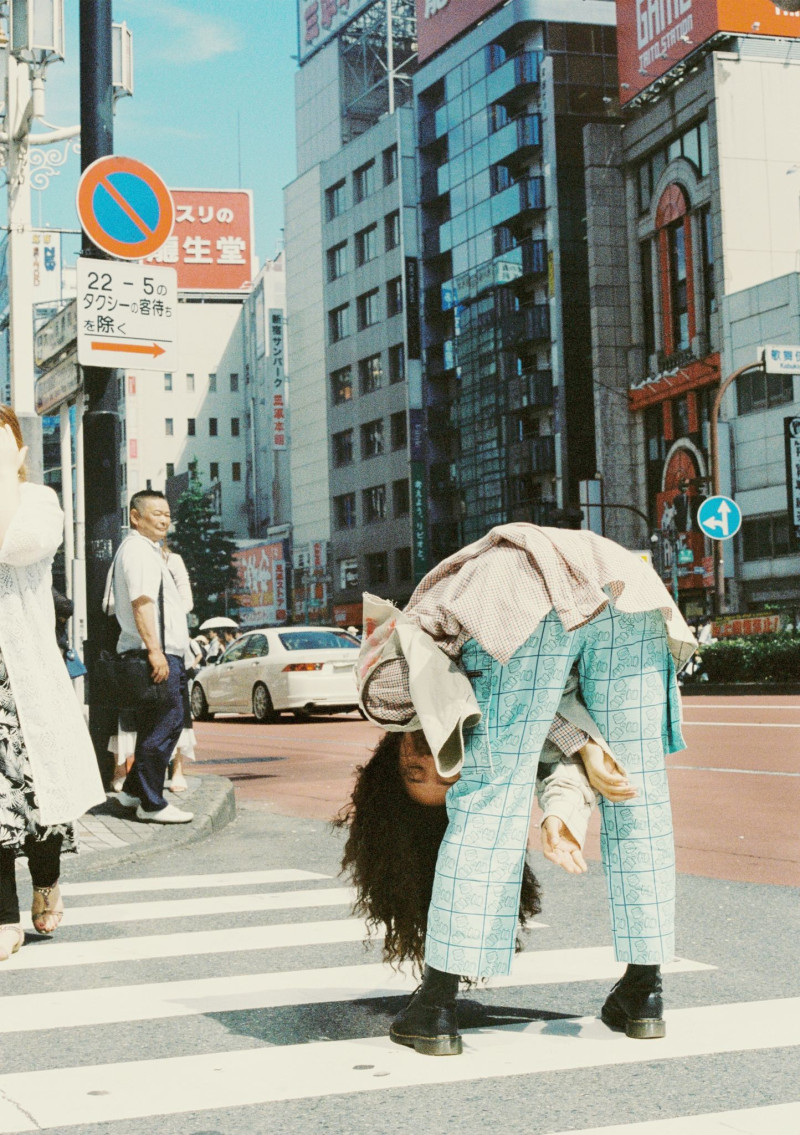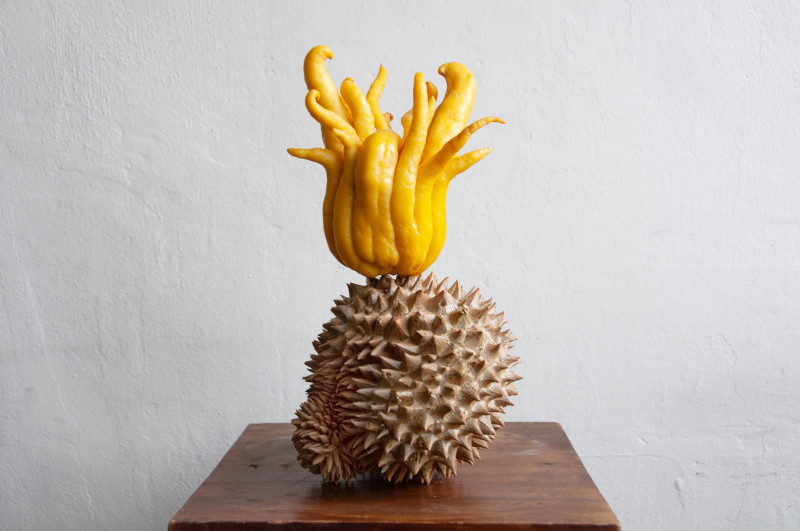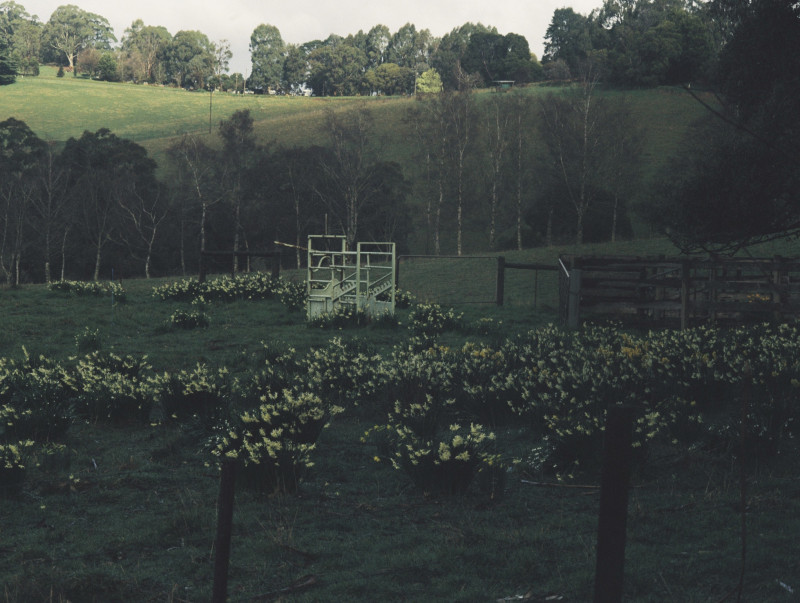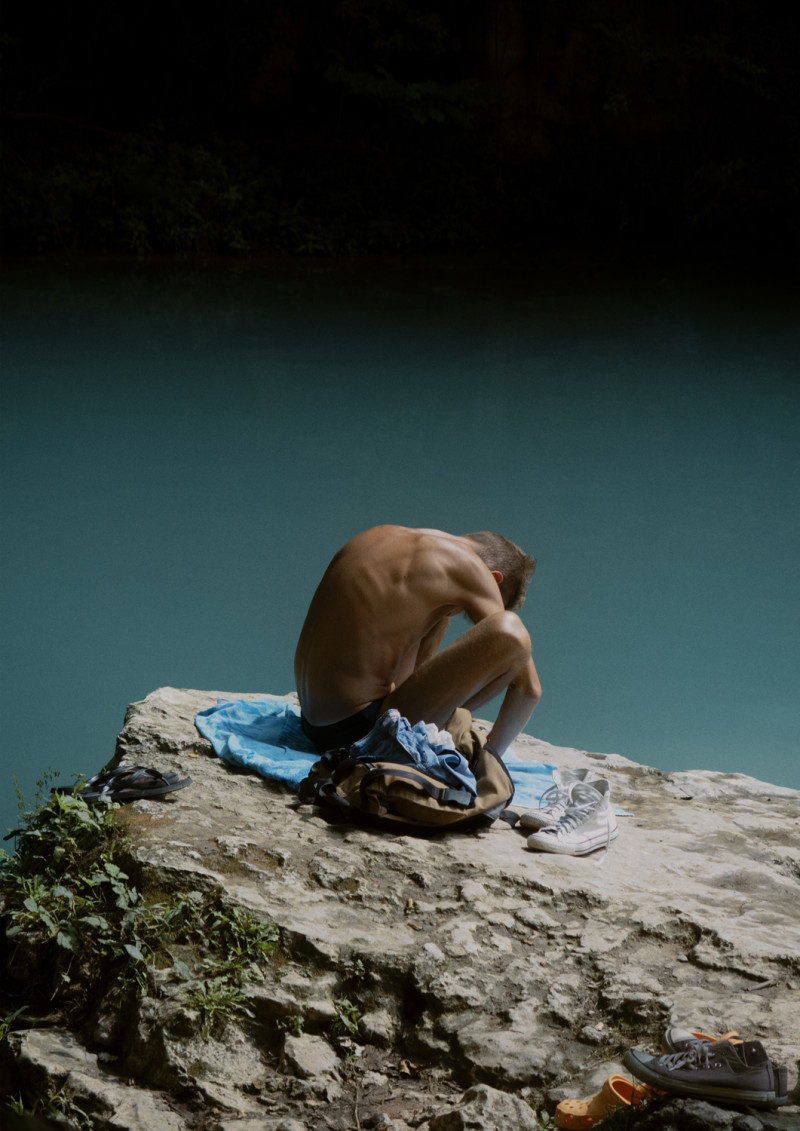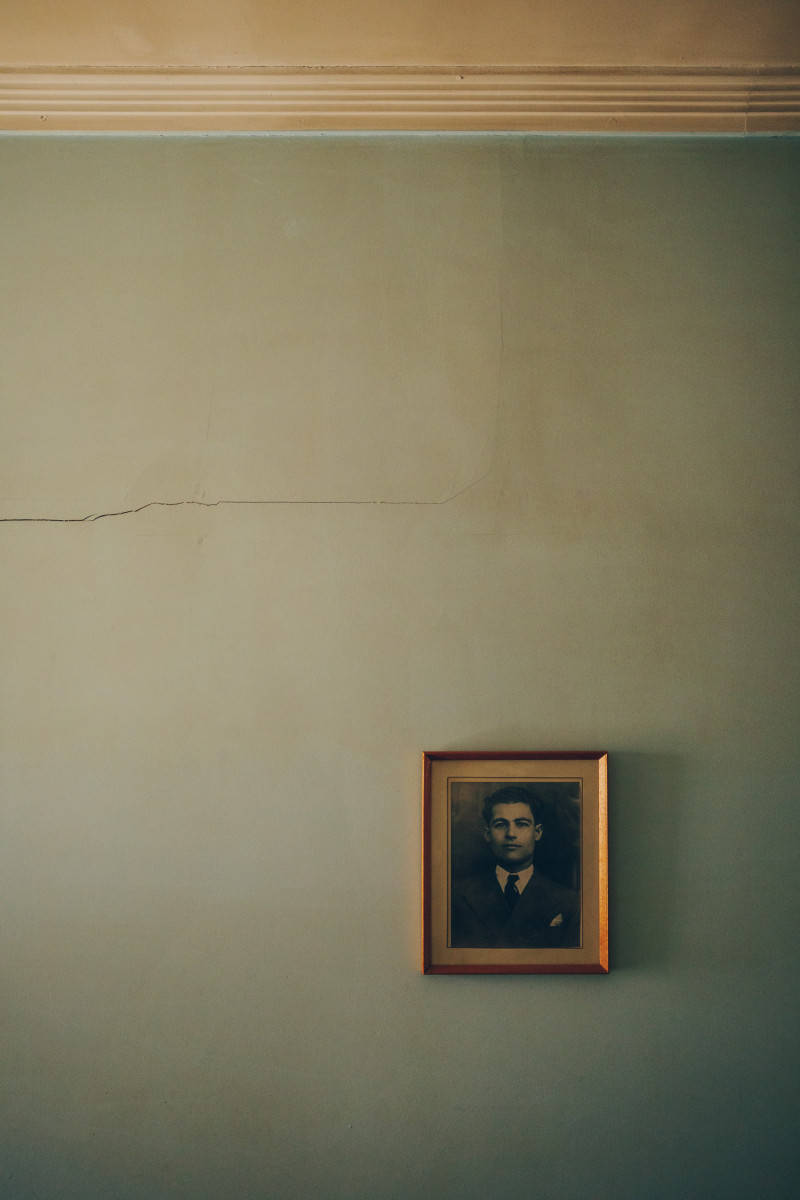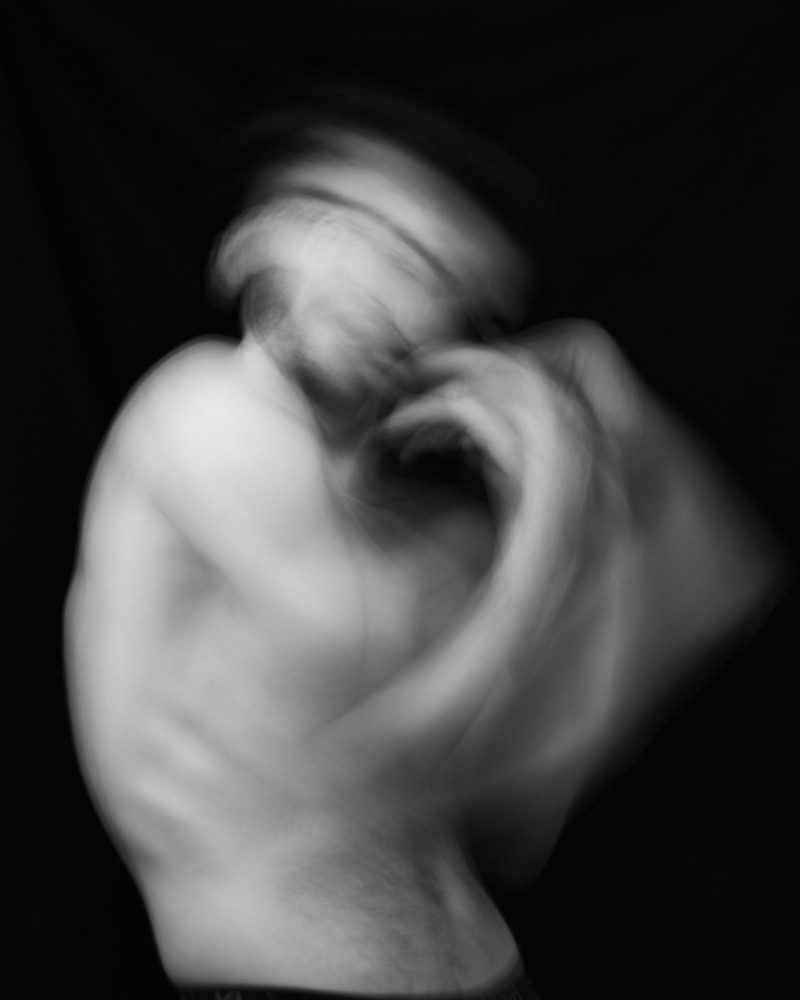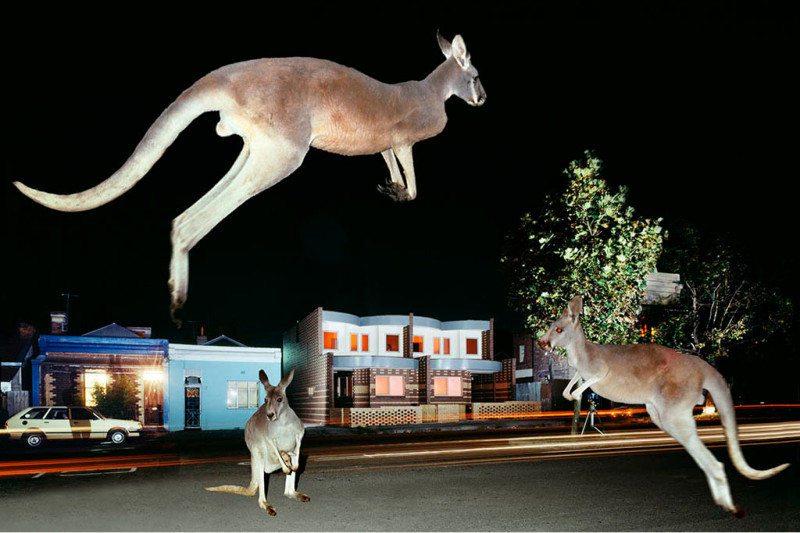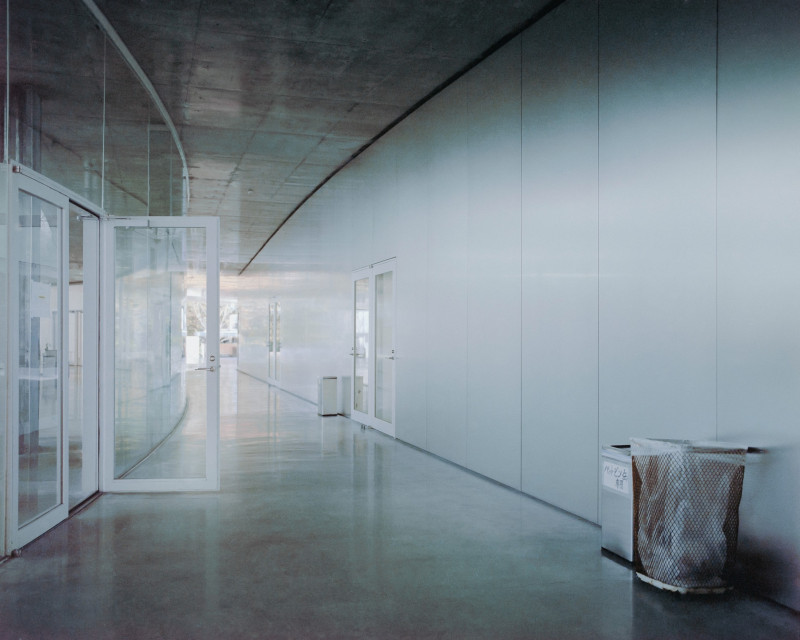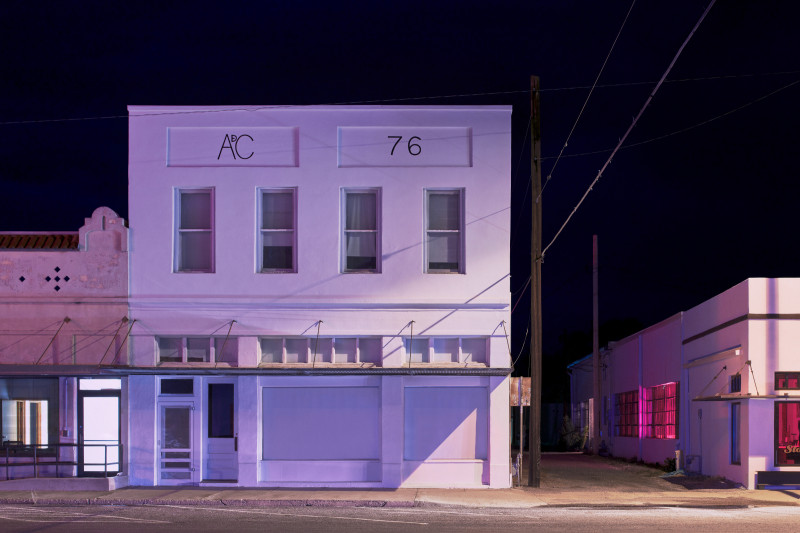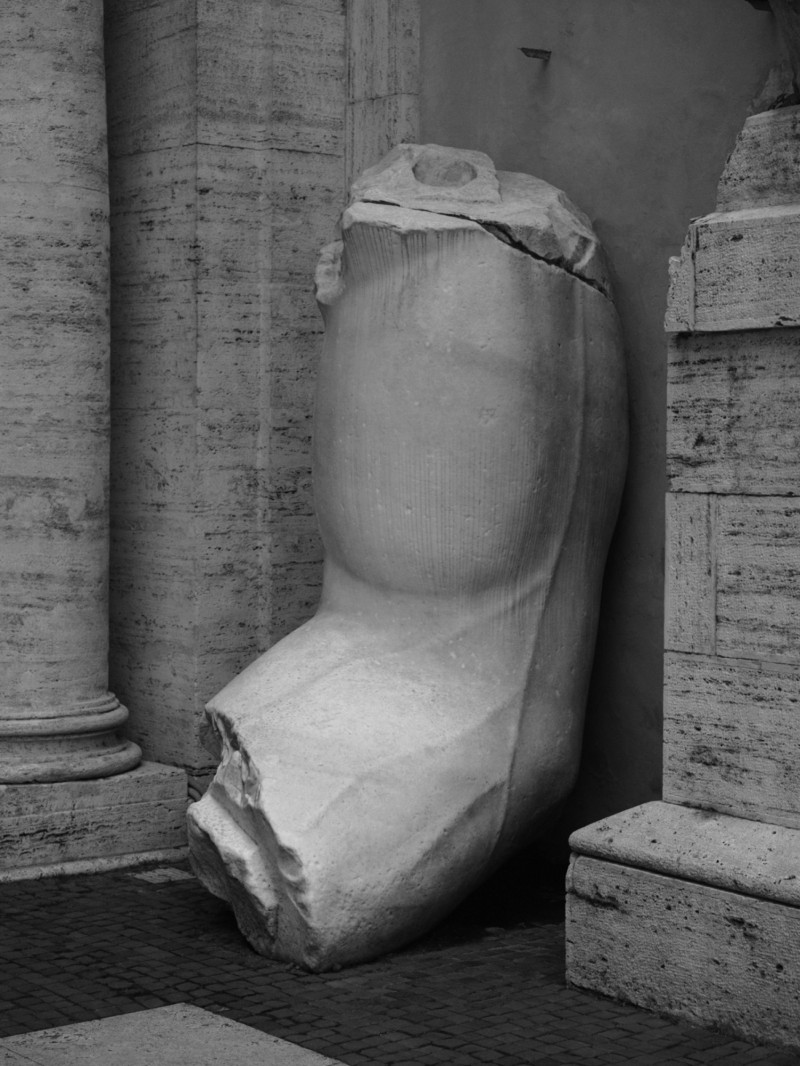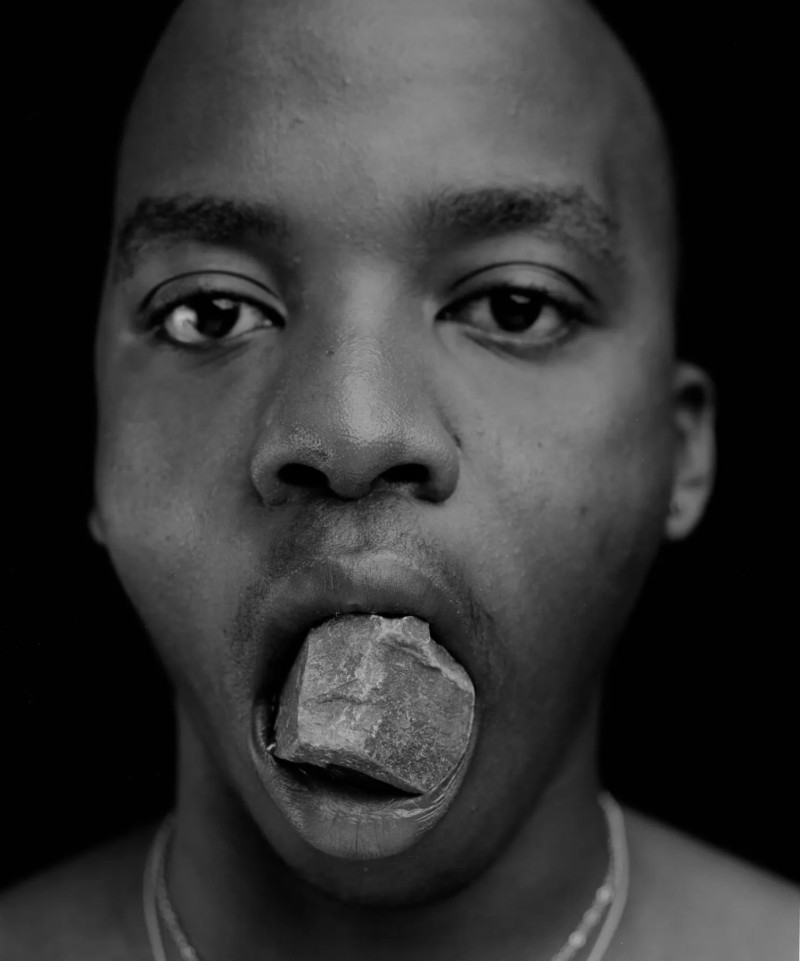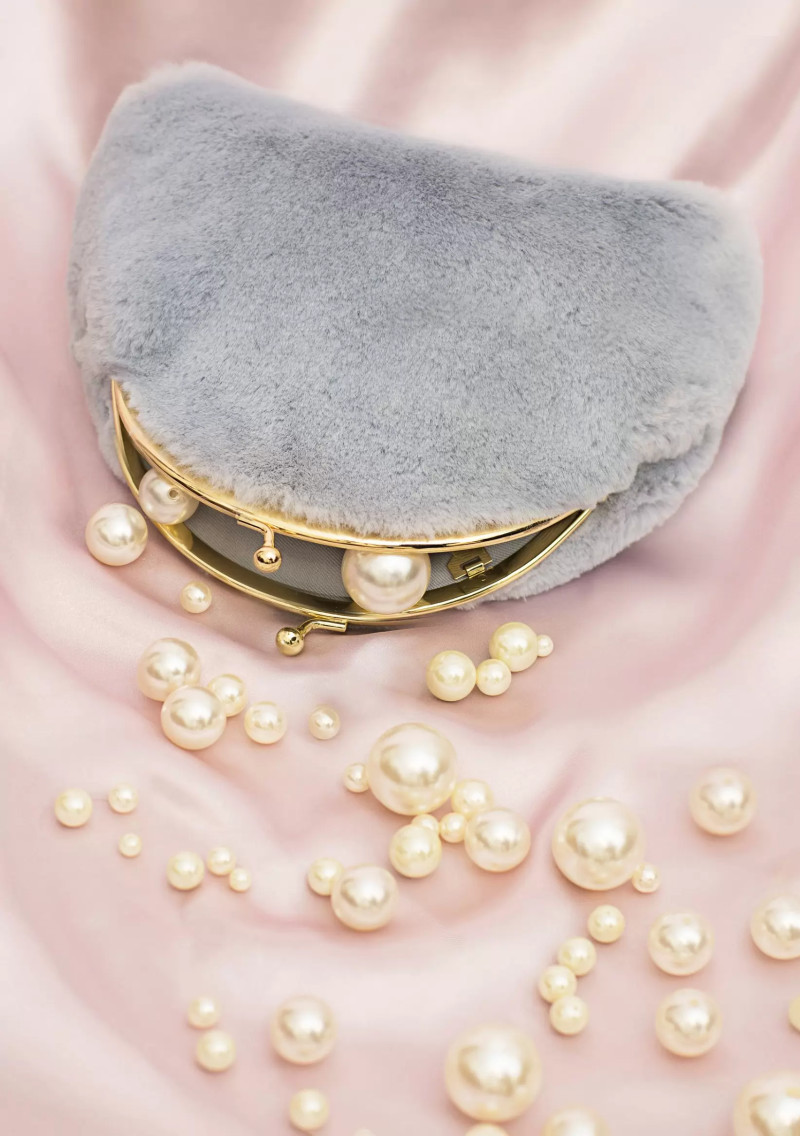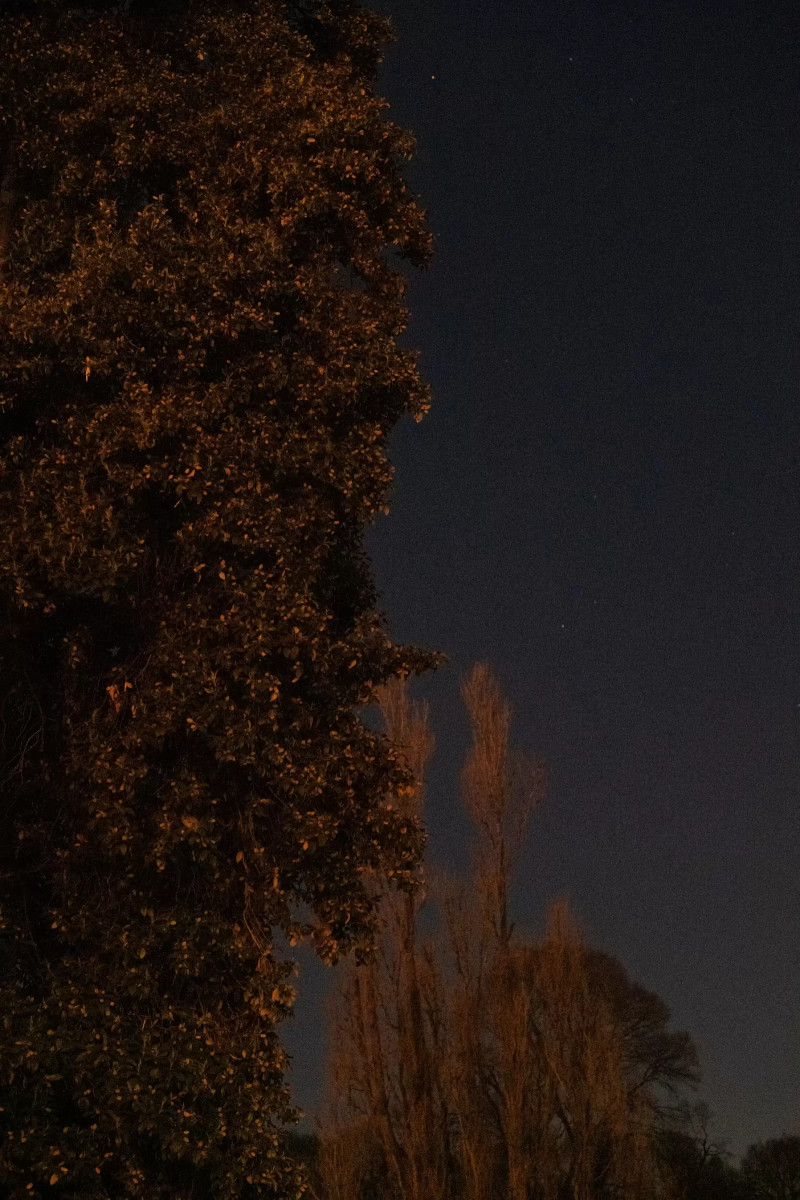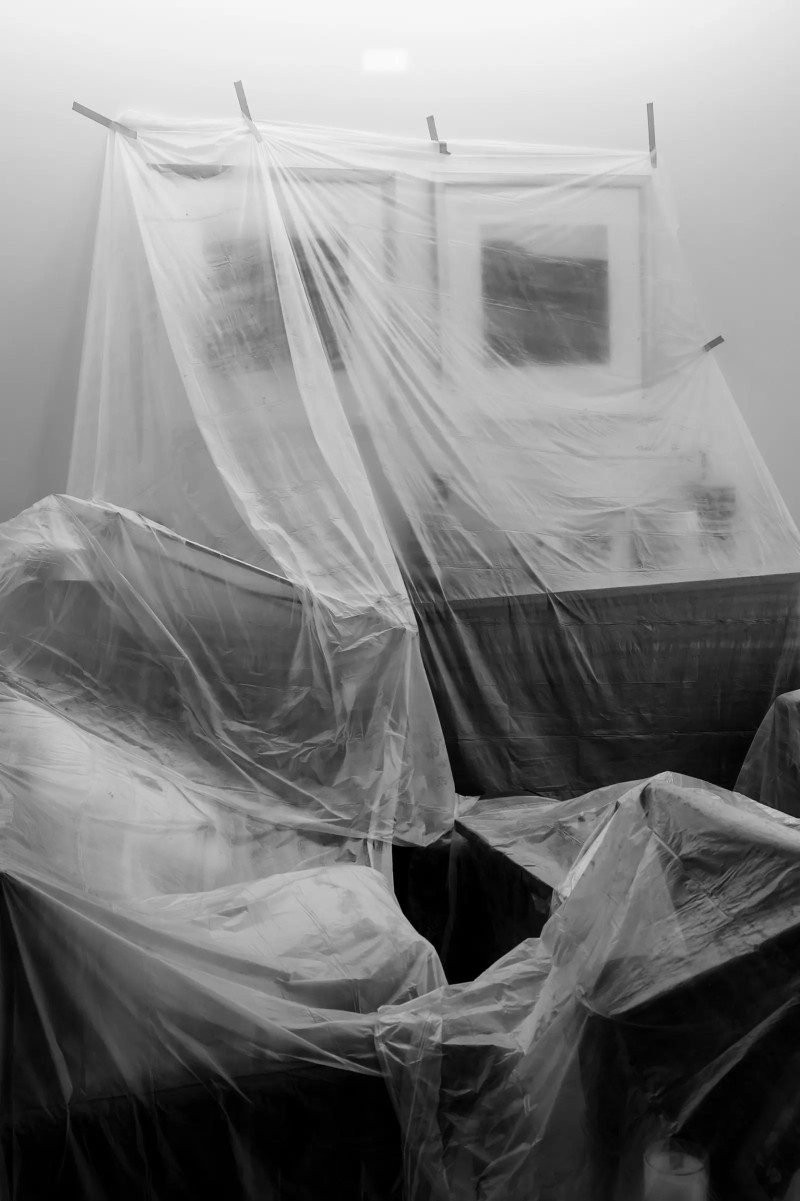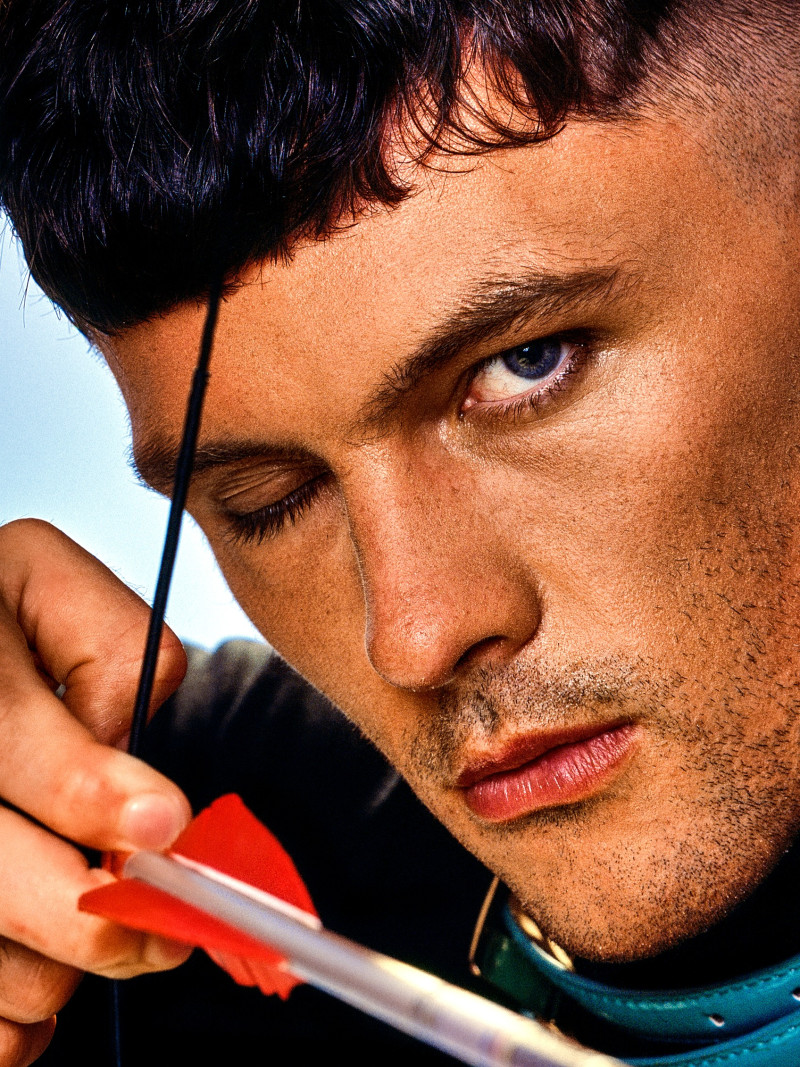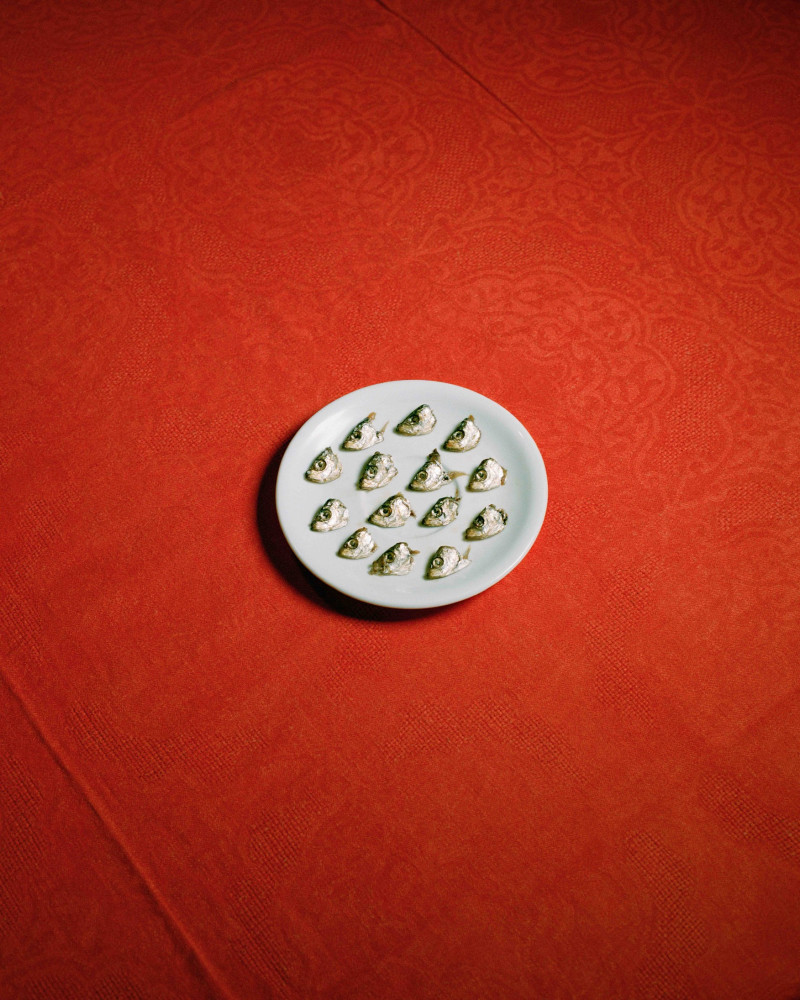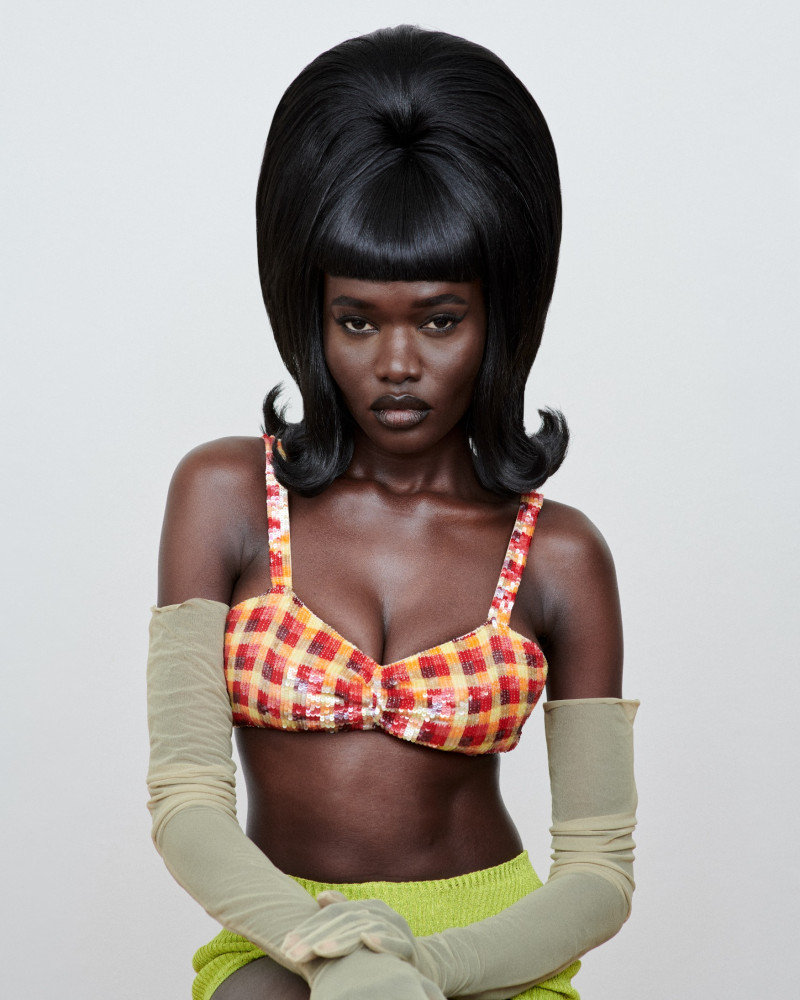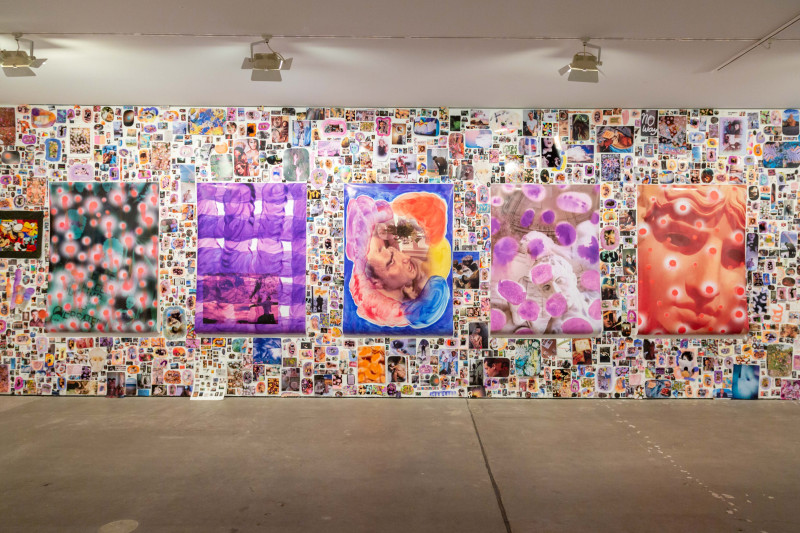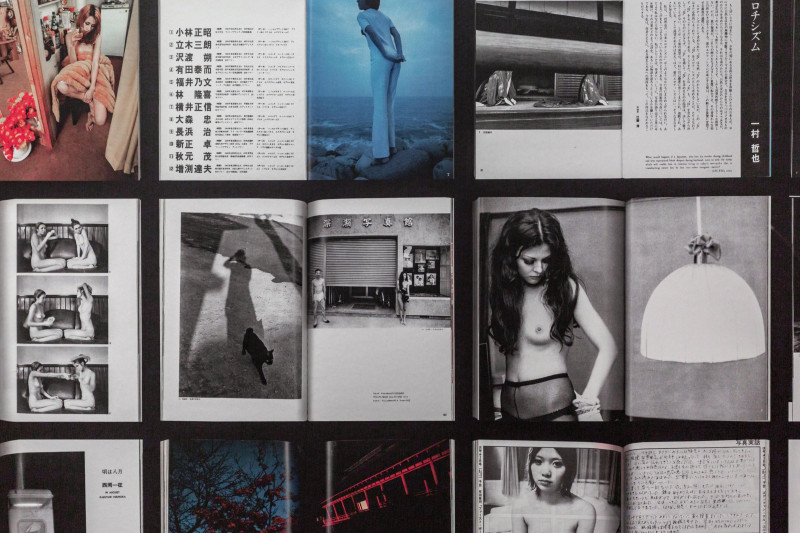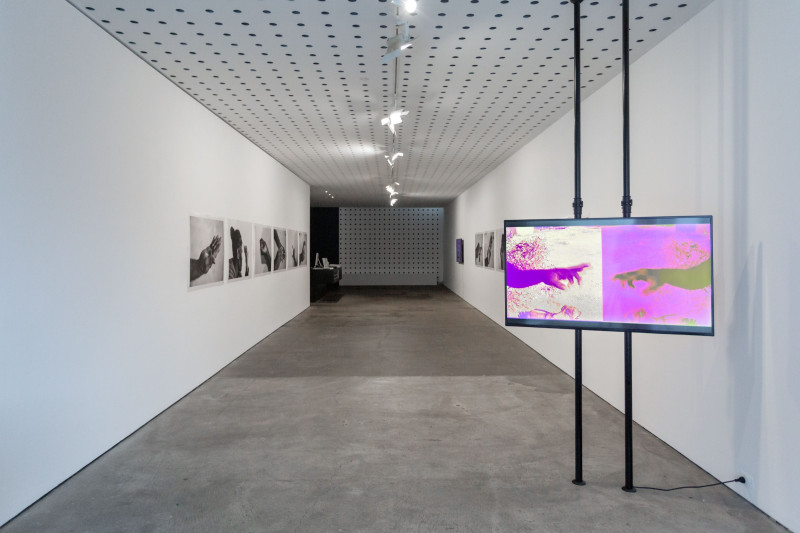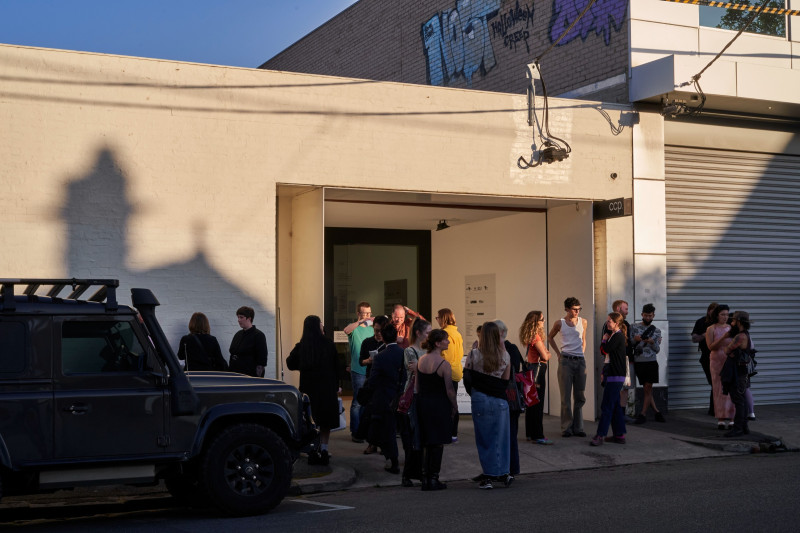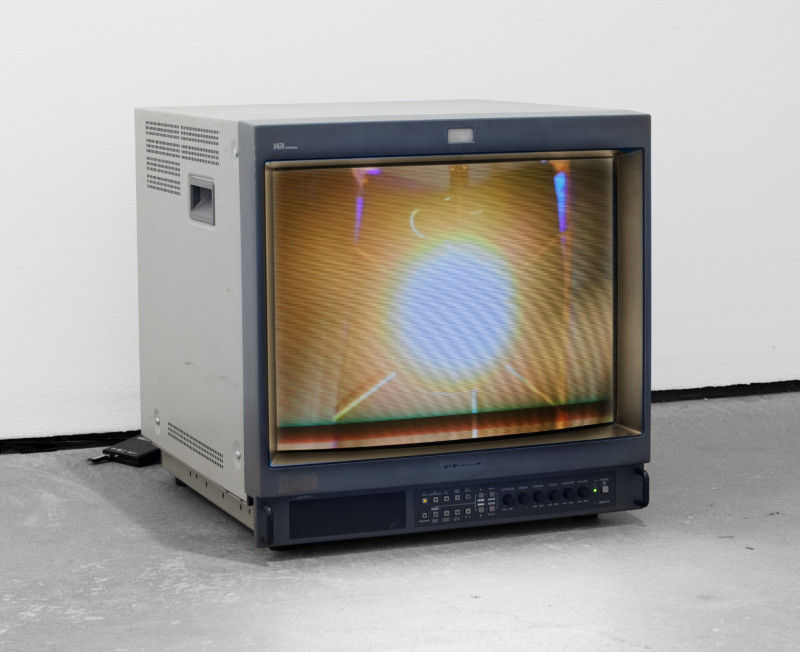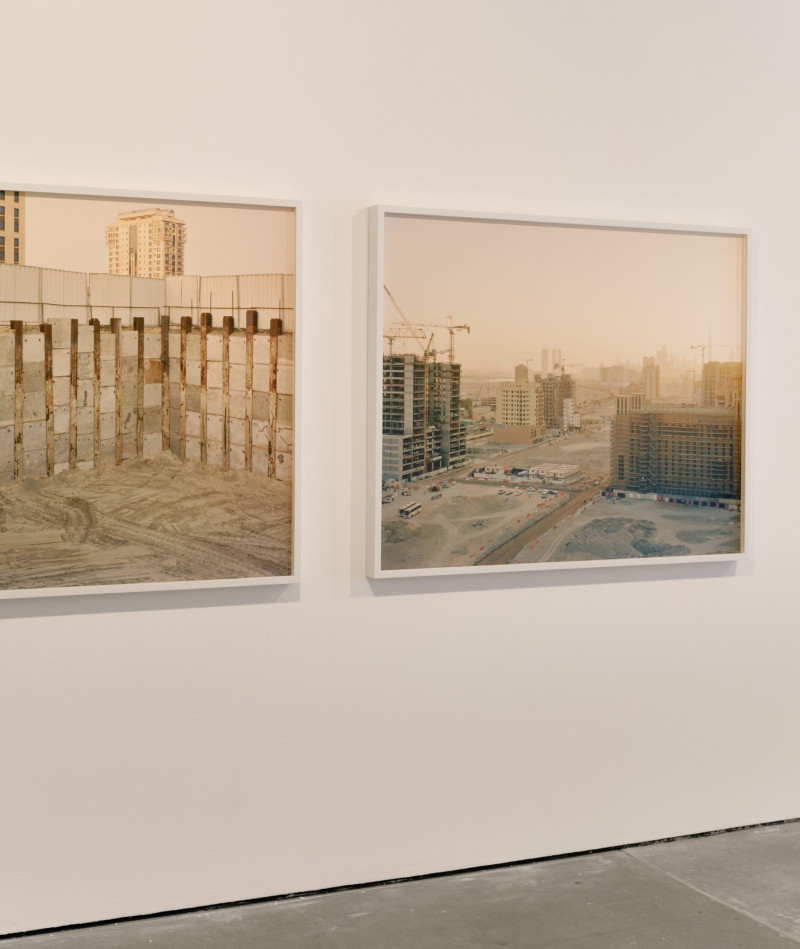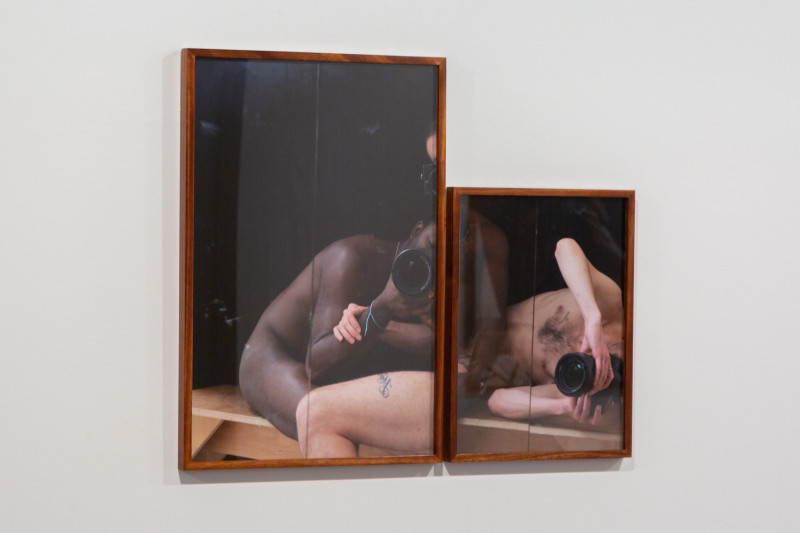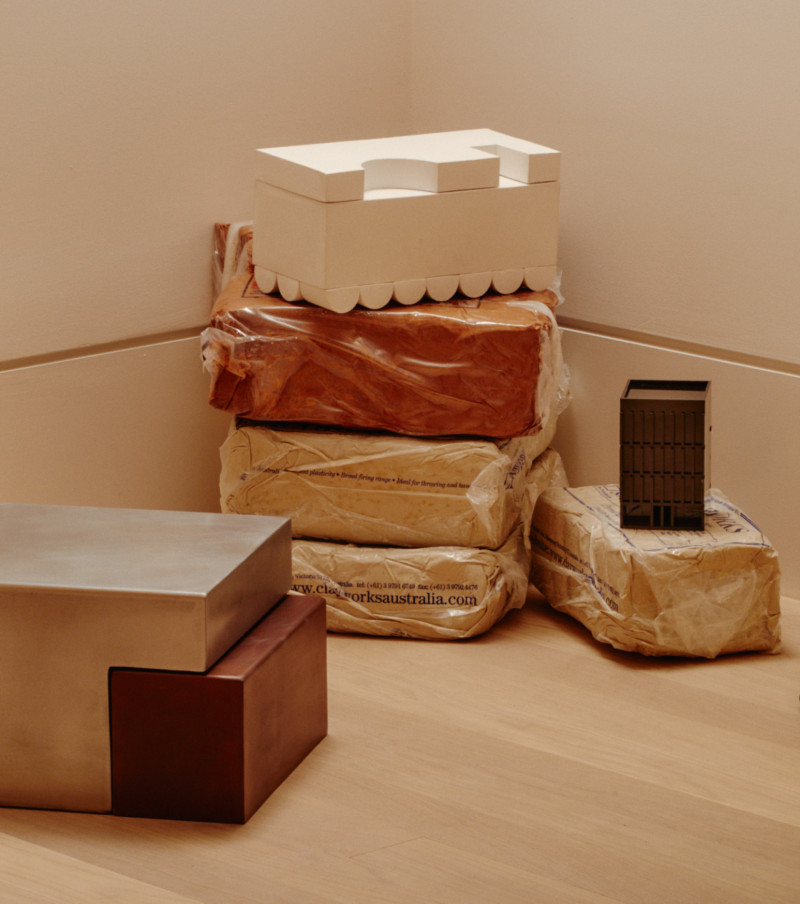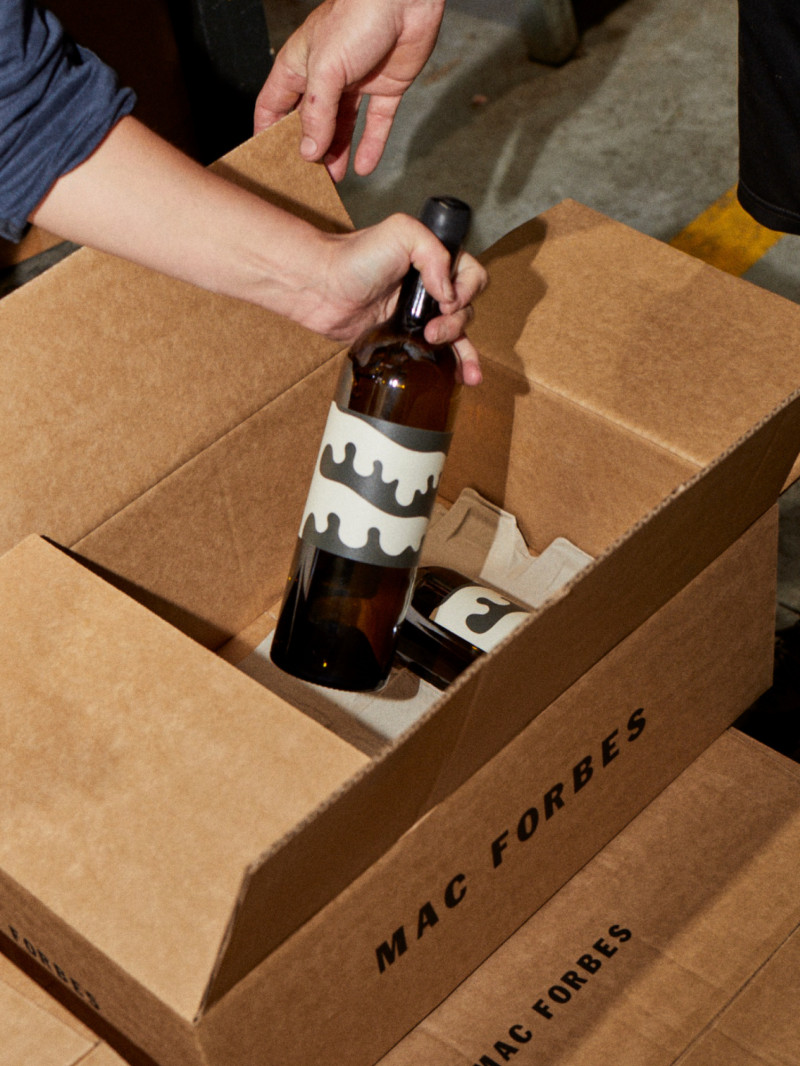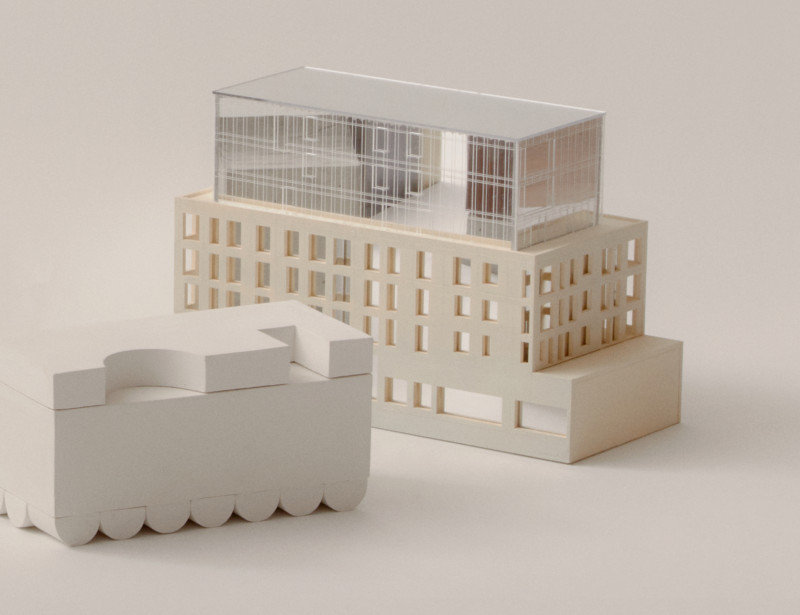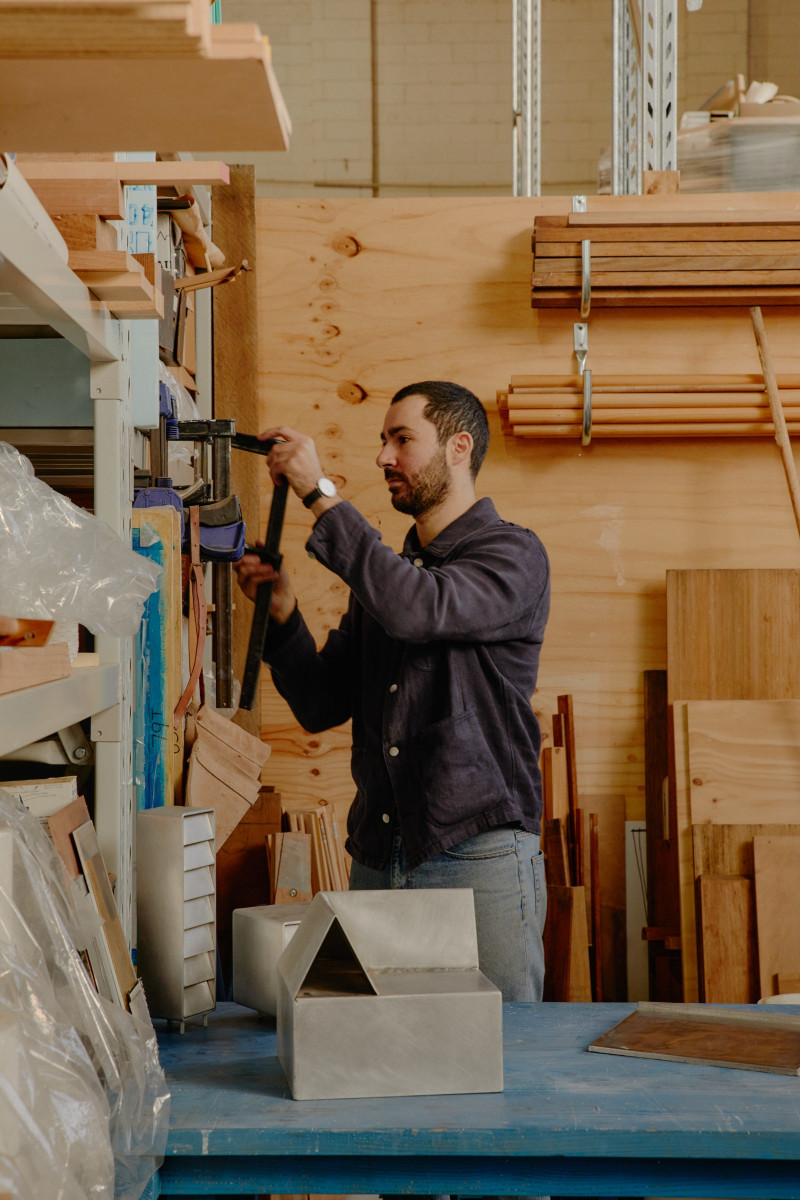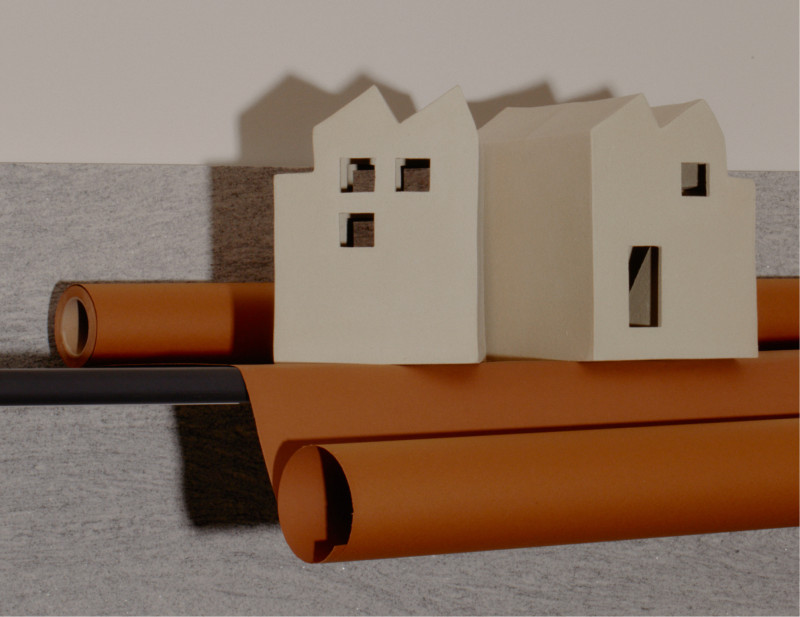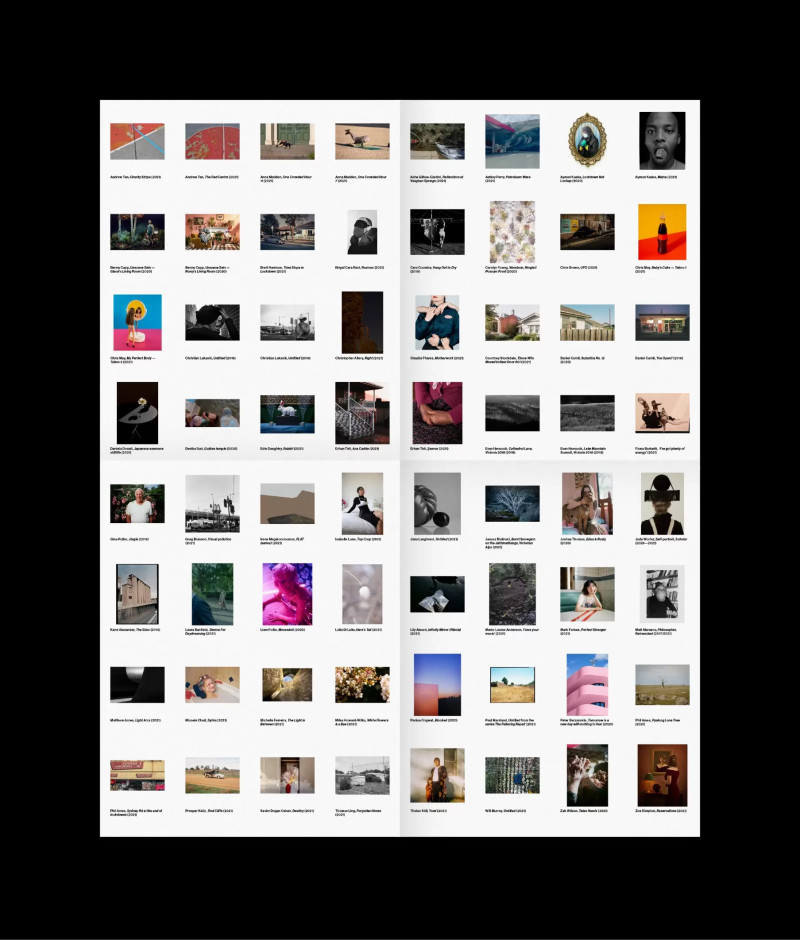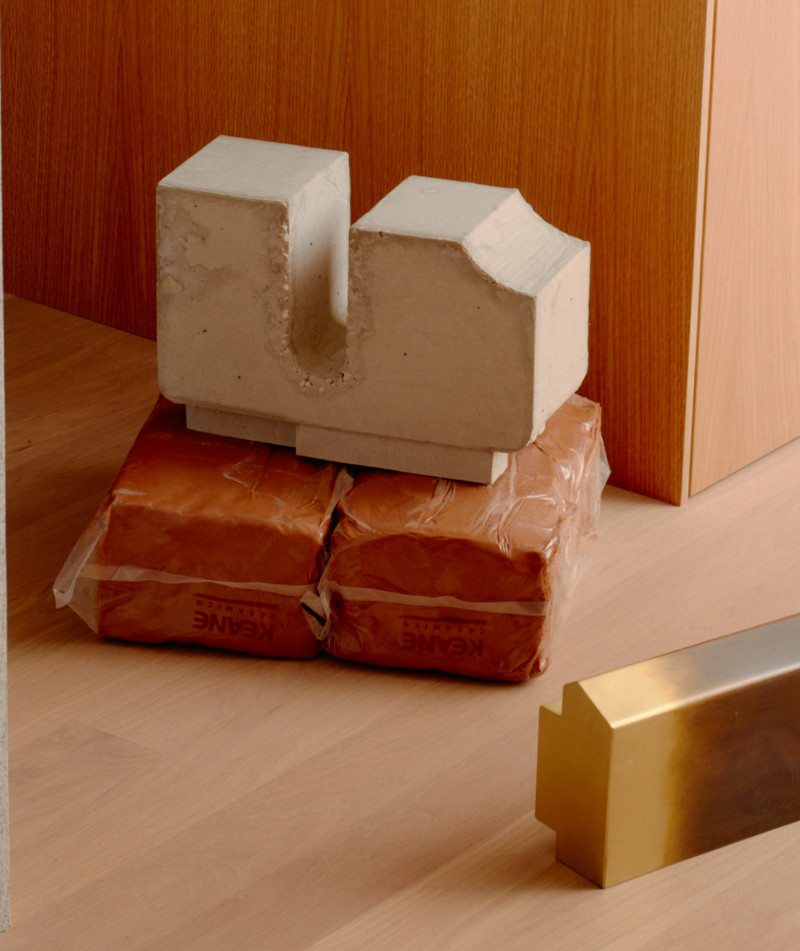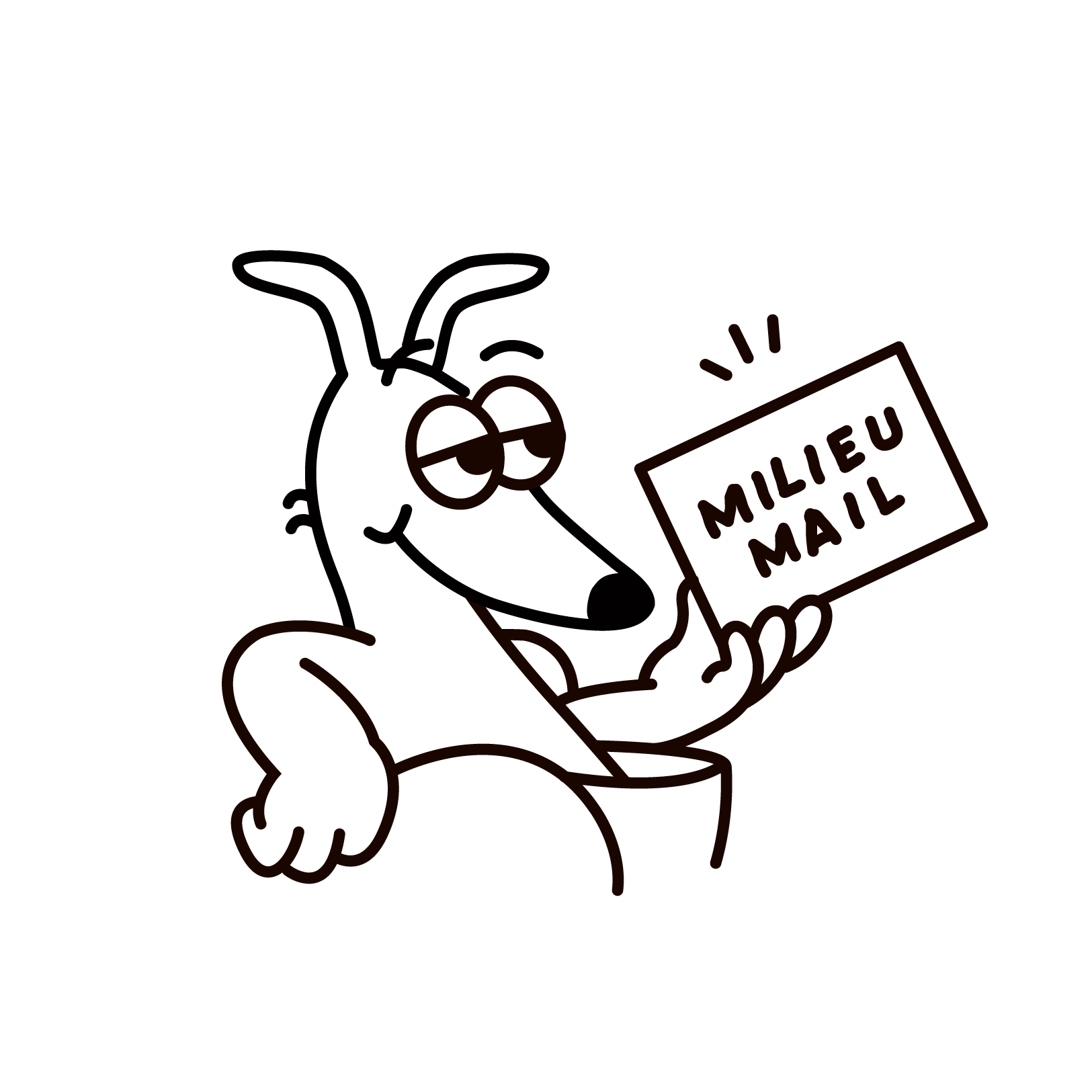Interview with Ying Ang for CCP Site Unseen
Photography by Ying Ang
Ying Ang is a Melbourne-based storyteller who explores how photographs are an abstraction of reality. For Site Unseen, Ying prompts viewers to ponder the power of a photographer's perspective and "decisive moment". Ying talks about what has changed in the past decade, what subjects evoke the strongest personality and what she's working on next.



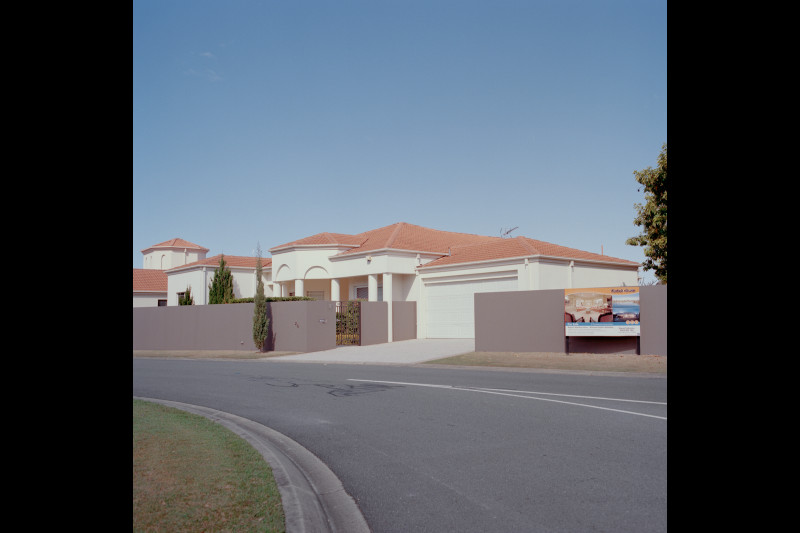

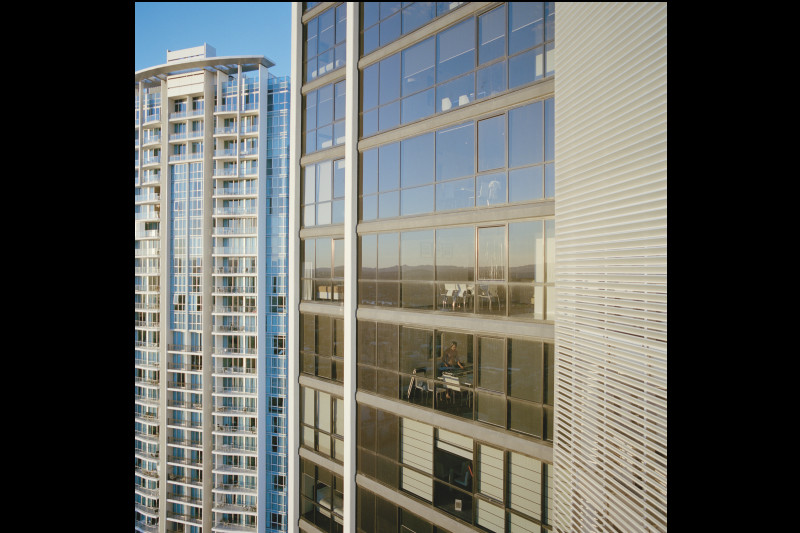
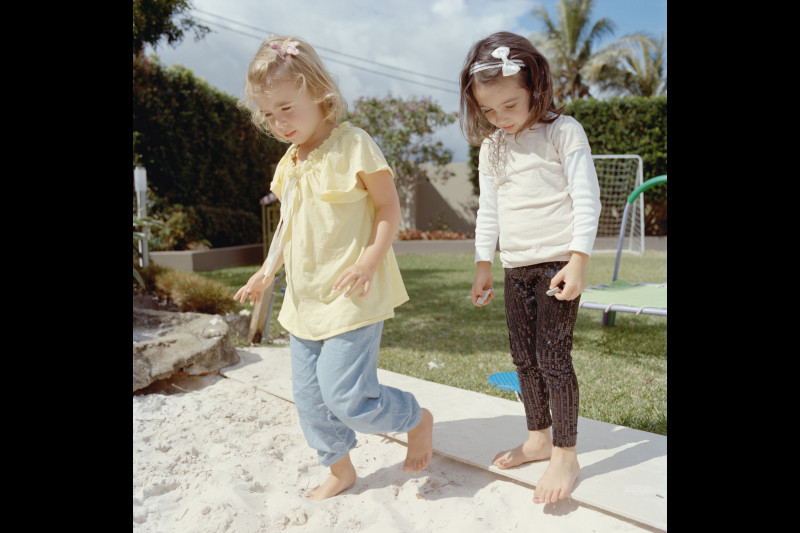
Ying Ang, Gold Coast, Australia
Tell us about yourself, what’s your background and how has this led you to architectural photography?
Ying Ang: I am mostly a storyteller. My research and academic background is pretty diverse, ranging from biotechnology to political science but the recurring themes that continuously bring my work together are simply questions around how we choose to live, our priorities as individuals and as societies, and often the resulting consequences of those priorities and choices. My work is not specific to architectural photography, however, one of the questions that I often consider is how architecture and urban planning affects and reflects who we are and how we live, in this case, specifically to the Gold Coast. I began with an interrogation of social space on the Gold Coast, a place where I lived for 17 years and ended with a hypothesis where architectural and urban planning played a central role in the final outcome.
The exhibition poses the question, ‘what does the photographer bring to the image, and indeed, is the photographer’s presence welcome?’—how does this relate to your submitted work?
YA: Photographs are inevitably an abstraction of reality. We perceive the world in a multiplicity, both dimensionally and sensorially. In photographs, we reduce that living, breathing world to a truncated frame and traditionally in two dimensions. The decisions that frame the abstract notion of what is presented in the photograph are all made by the photographer’s perspective, in notion and in the actual making of the photograph. This is what the photographer brings to the images and the power of the famous "decisive moment”.
Obviously, there are artists that play with this notion and process, however, my work lies very much within this practice. There is a superposition in the idea of the photographer’s presence in this question, where we can think of my presence in the making of the photograph and also in the photograph itself when viewed by the audience. Addressing the latter position, my presence from the published book of this work is integral, as it is autobiographical and ends with a diary written in the first person, and I believe welcome from the audience. As for the former position, most of the people I photographed were old friends of mine and I felt genuinely welcomed in the act of making those photographs of them.
The third position which I did not specify earlier was my presence as the narrator of a darker tale and critic of the Gold Coast, placing old friends within this narrative context. I believe that my level of welcome in this third position fluctuates with the conviction and values of the people that I photographed, so in that sense, a continuously moving target!
In the past decade, what about your work has changed and what has stayed the same?
YA: I think that the past decade has seen a shift in my conviction as an artist. I used to have a stricter idea of what as constituted casual photography and formal photography. The past decade has cemented my sense of authorship and brought a closer relationship between work that I do “for myself” and work that I make for “professional” purposes. In terms of what has stayed the same, I’m still interested in the intersectionality of contemporary issues that have a human cost.
To you, what subjects evoke the strongest personality through form?
YA: I believe that subjects with the strongest personalities are often the ones linked to a great idea. Power is in context.
What are you working on next?
YA: I’m working on a new project called “3 Degrees of Freedom”, in collaboration with my sister, Ling Ang.
In the current era of the digital revolution, we find ourselves at the cusp of the Self as the dominant currency in the social economy. The increasing power behind big data and algorithmic manipulations has led to the rise of the eternally optimising self, locked in the pursuit of increasing influence and ultimately social power.
We have exalted the virtual human icon that biological humans are increasingly using to orient their striving. This work is a comment on self-surveillance, self-optimisation and the expanding state of self-idolatry that is a product of the algorithmic mechanisms feeding the myth of our identities. We are being moulded by corporate interest to mine our sense of self and to continuously invent and reinvent in a cycle as vicious and cannibalistic as a snake eating its own tail. With every contortion, there is a transaction and a promise of being one step closer to perfection.
The work is a moment in a trajectory of human identity, formed more self-consciously, more directed, more analysed, more judged and more self-aggrandized than ever before.
For more of Ying's work visit yingangphoto.com or follow Ying on Instagram
To stay connected with Melbourne Milieu, please follow us on Instagram.


